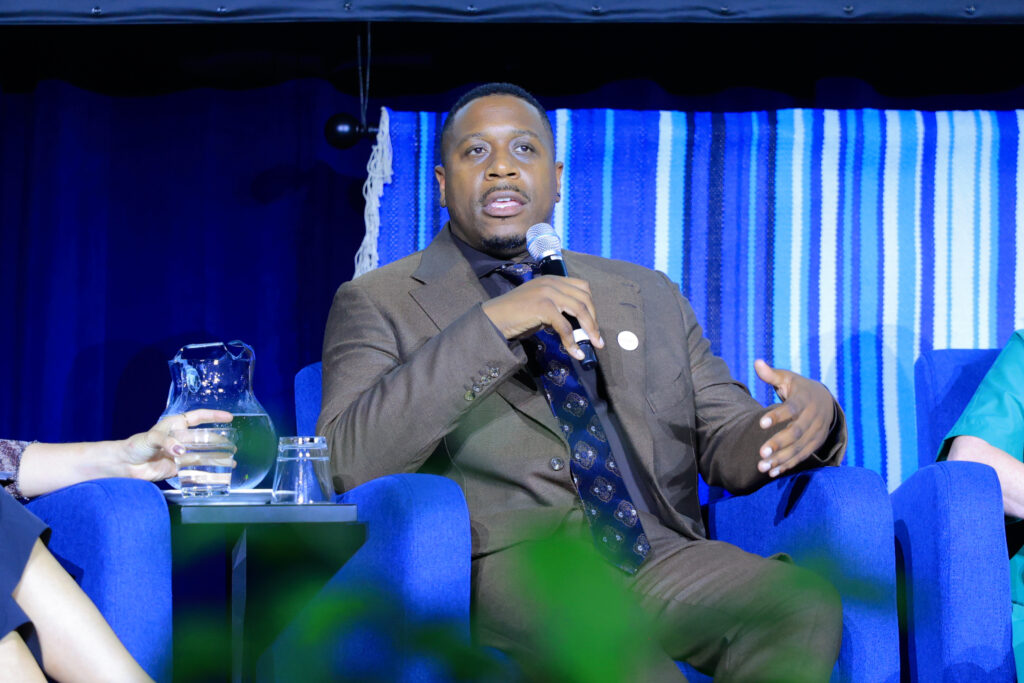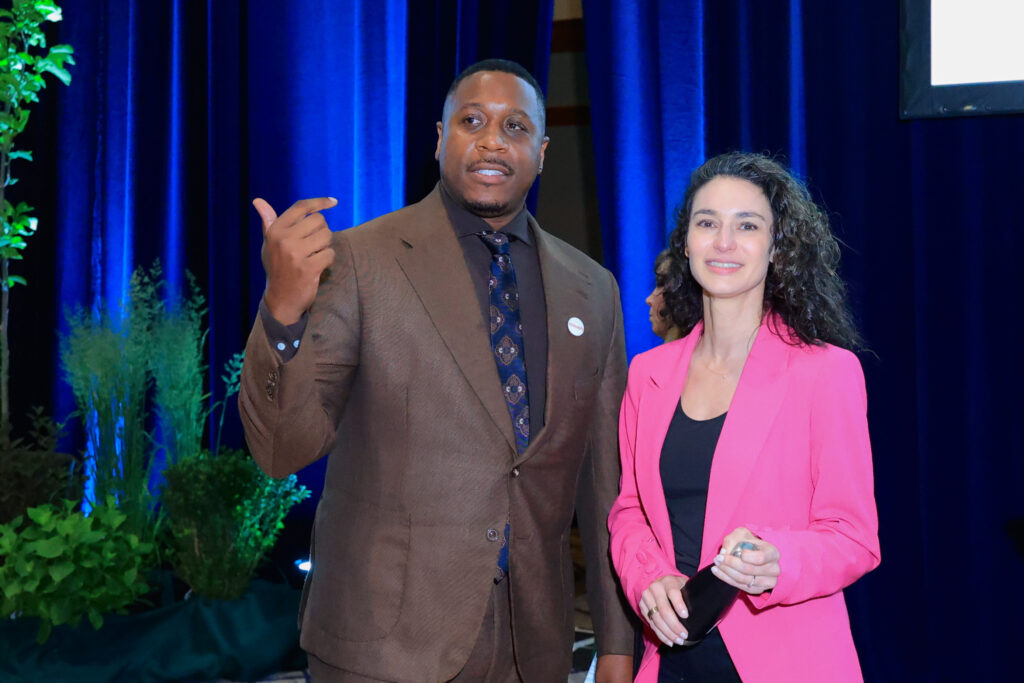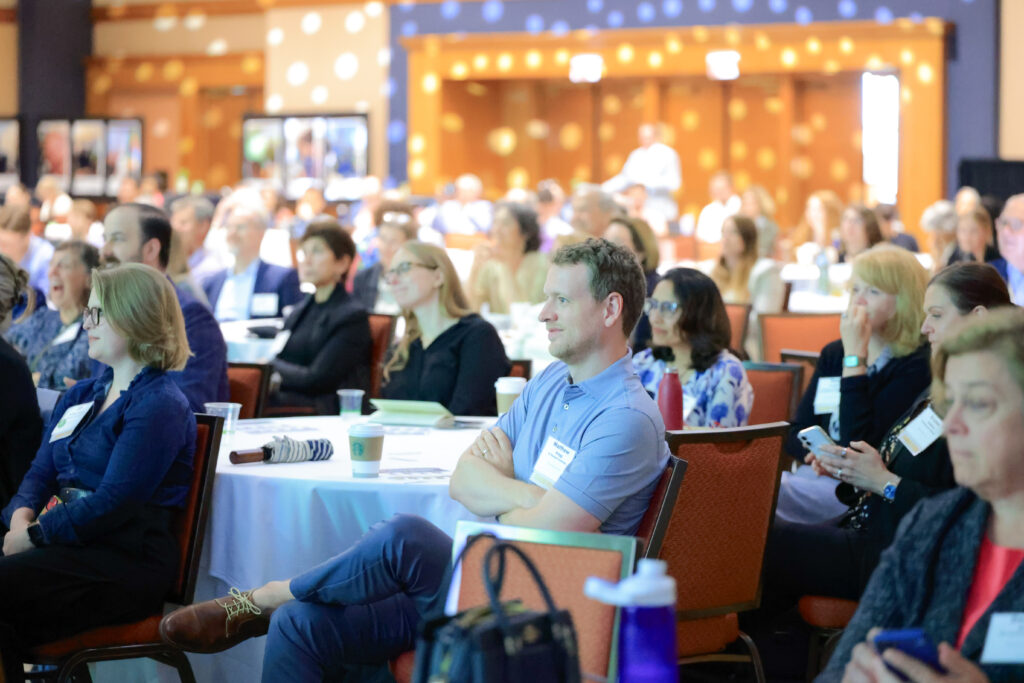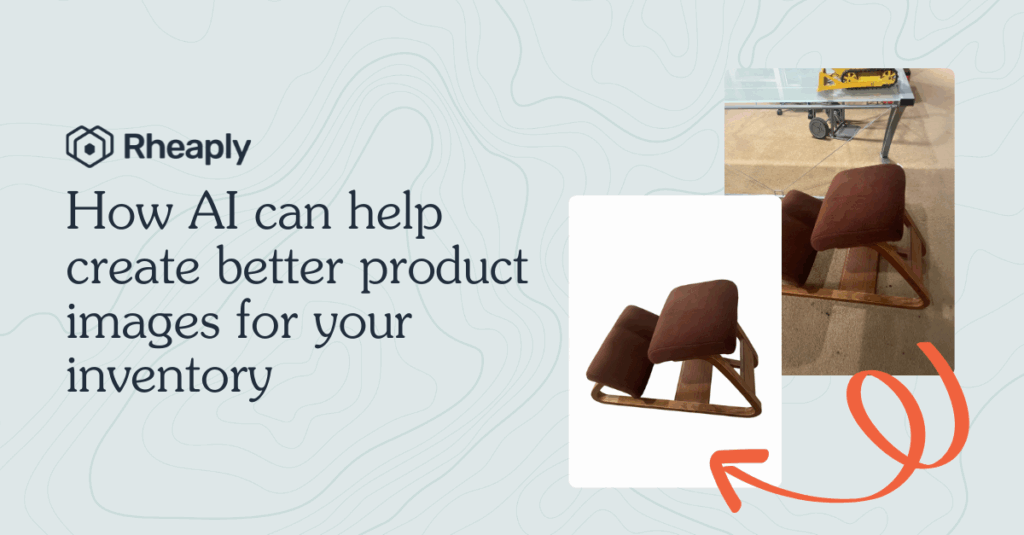Last week, I joined a panel of innovators at the Chicago Innovation Climate Summit to talk about what it really takes to make manufacturing and infrastructure sustainable. The conversation, led by Alaina Harkness, CEO of Current and a true champion of water and circular innovation, left me with a few reflections I think are worth sharing.

1. Circularity isn’t a trend, it’s a systems reset
At Rheaply, we’ve always believed that the real innovation in climate tech isn’t about making new stuff. It’s about using what we already have, better. That’s what circularity actually means: rethinking ownership, breaking the habit of single-use, and building systems where materials stay in play.
But making this shift isn’t easy. On stage, I talked about the biggest challenge we face: getting people to rethink what it means to own a resource.
Reuse can’t scale unless our mindset shifts from “mine” to “shared,” and our systems in place can be malleable enough to support that shift, or redesigned entirely.
I was energized to see that I’m not alone in this work. Manuela Zoninsein, CEO of Kadeya, is tackling single-use plastic with a closed-loop beverage system that refills and redistributes with no waste, no middleman. It’s a reminder that circularity can be frictionless and scalable when designed with precision.


2. Nature is a partner in innovation if we let it be
One of the most exciting ideas from the panel came from Joanne Rodriguez, CEO of Mycocycle, who is literally growing solutions to our waste problem. Her company uses mushrooms to detoxify construction waste and convert it into usable raw materials ready for new production, a perfect example of regenerative design.
Hearing her speak reminded me that the path forward doesn’t always require harder tech or more extraction. Sometimes, the answers are already beneath our feet. At Rheaply, we see a huge opportunity in connecting circular material innovators like Joanne with the institutions and infrastructure that need what they’re creating. Visibility and access is what turns a great idea into a standard practice.
3. To go net-positive, we need to rethink the rules
There was a lot of talk on stage about shifting from a “net-zero” mindset to a “net-positive” one where our actions actively repair and regenerate ecosystems, communities, and supply chains.
That shift will require serious rewiring of our systems: procurement, financing, policy, culture. As Stuart Miller from the Materials Discovery Research Institute pointed out, even the best materials science won’t move the needle if the incentives aren’t aligned to support adoption at scale.
Circular manufacturing won’t win on climate benefits alone. It has to compete on cost, speed, and performance.
We need structural support for climate-friendly solutions to become the norm, not the niche.

The road ahead
The Chicago Innovation Climate Summit left me optimistic, not because the path is easy, but because I saw firsthand how many brilliant people are walking it with urgency and creativity.
To my fellow panelists: thanks for bringing the fire. To everyone reading: the climate crisis is complex, but the tools we need are already in our hands. The challenge now is scaling them—smarter, faster, and together.
Let’s stop thinking in terms of minimizing impact, and start aiming to maximize regeneration.


